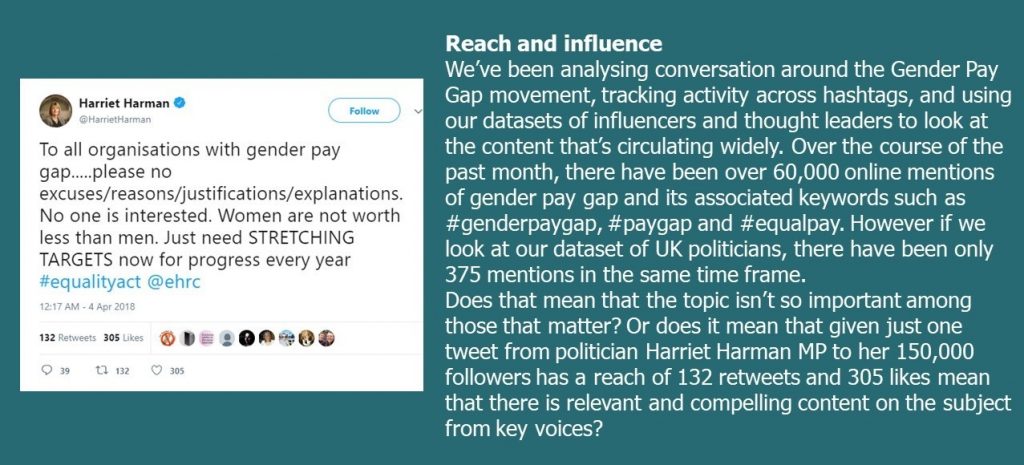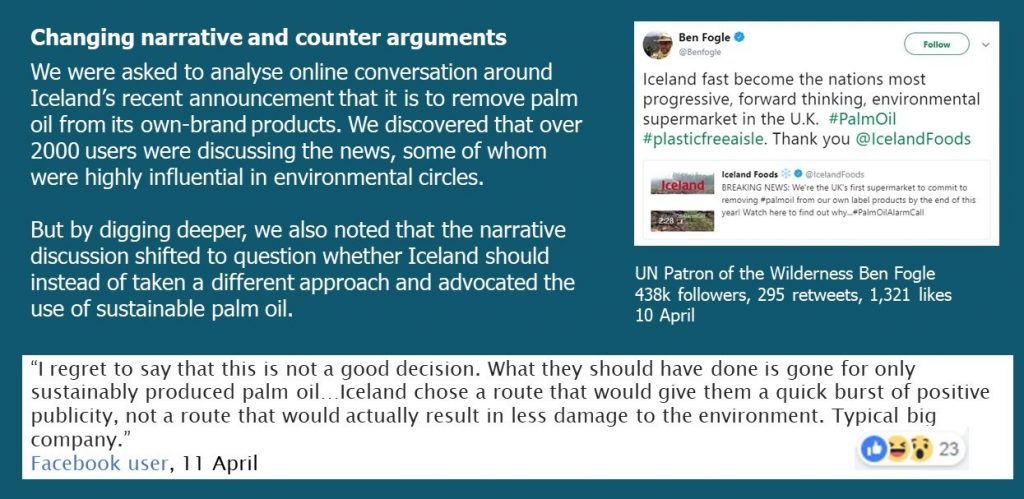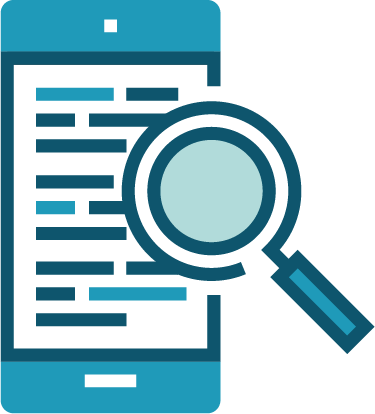Today’s backdrop of misinformation and lack of trust in social data, along with an ever increasing amount of online activity makes the need to capture, understand and monitor an essential part of any communications strategy.

The fake news phenomenon leaves professionals wary of online information, with recent disclosures around the harvesting of personal data by social media giants adding to this fear.
But social media as a source of publicly available intelligence is not going anywhere. What is now more critical than ever is that business functions that rely on social data trust the information that they access, and know that it’s authentic information relevant to their strategy.
Aside from the obvious benefits this intelligence gives companies about their own stakeholders, it is also often used to analyse sentiment and conversations relating to their competitors, their industry and sector. But for many communications functions, the importance and availability of social data brings with it issues.
With valuable information readily available and ever growing amounts of online activity across all sectors, how can businesses discover the influencers, the conversations and uncover those nuggets of gold that can genuinely inform and make a difference? How can they bypass the misinformation and mistrust to find the insight that will help them make reputational and risk-based decisions? Questions of data authenticity mean their primary concern becomes one of quality and not quantity of information.

Dashboard and software solutions provide invaluable insight and content for brand, awareness and campaign tracking. But in the world of corporate reputation, automated solutions are not without flaws. Companies need to look at the content behind the data and drill down on influential voices, well-shared data and emerging themes and conversations which can affect their business.

Social data can provide a huge amount of insight into how a business is performing against its strategic and corporate goals and vision. For example, companies promoting sustainability as one of their key pillars in its corporate strategy can glean a lot from online conversation in the area.

Online listening gauges the interplay between social and traditional media. News circulates at an increased pace, and a robust monitoring service can quickly analyse which content is circulating widely and getting the most reach.
Social monitoring also helps to identify the rising stars of online conversation – who are the influencers of the future? Previously, media columnists dominated this area, but now online thought leaders and campaign groups emerge and carry equal if not more weight.
Online platforms can also provide a powerful means for activists and campaigners to mobilise in order to demonstrate and protest. This can be of particular importance for corporates as the AGM season approaches and activists and NGOs frequently demonstrate against relevant issues. Social analysis provides the information that risk and security teams need to be prepared against disruption.
So what is the answer here, how can corporates uncover these valuable insights while faced with not just a sea of information, but also a sea of misinformation? How can they get to the true value of social media data, diluted by a cloud of bots, misleading links, clickbait and fake news?
The key lies in including into the armoury of analysis an online monitoring service that combines high-end data trawling technology with human editorial input.
Human editorial expertise can curate and contextualise content. The approach keeps a sense check on algorithms and focuses on quality rather than quantity of information, providing high-level strategic insight.
For clients trying to manage a communications strategy and identify associated risks – be they physical or reputational – a qualitative analysis of their data results in content that is not just accurate, but also relevant to their business needs.
Analysis can pick up on swathes of comment around a particular topic, or identify an up-and-coming influential voice who is leading narrative discussion of direct reputational consequence. The information will assist in building up a picture of activity, free from misinformation and of a standard that communications teams can understand and easily digest.
This approach can greatly influence C-Suite and board level discussions around the impact on corporate reputation as well as areas of business risk and security. And this human analysis is backed up by confidence that high end technology has unearthed all there is to find and that information can be trusted.
The result of this approach may disrupt previously-held beliefs on data monitoring. It shows that behind the vast amounts of misinformation and fake news available online lies critical insight and it proves there are methods of authenticating this, to benefit from digestible, accurate and relevant content. It takes away a need for communications professionals to trawl data dashboards trying to uncover relevant information. And it ensures that communications teams only work with insight that matters to them.

 Social Due Diligence
Social Due Diligence 